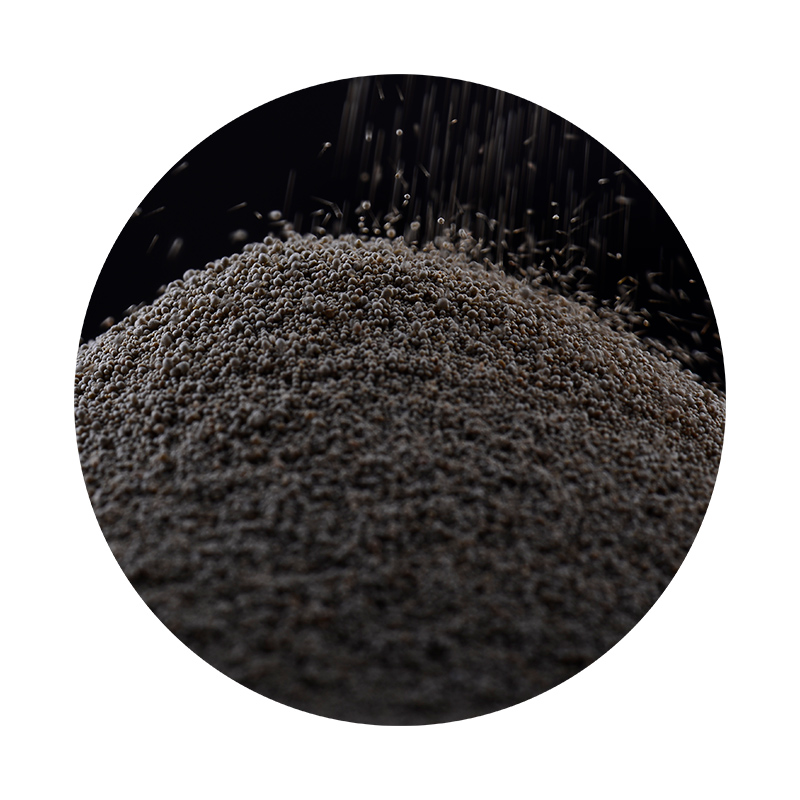Understanding Sand Cast Metal A Comprehensive Overview
Sand casting, also known as sand mold casting, is a widely used metal casting process that has been around for centuries. This method involves creating a mold from sand and then pouring molten metal into that mold to form various industrial and artistic components. The versatility and cost-effectiveness of sand casting make it a preferred choice in many industries, from automotive to aerospace. This article will explore the sand casting process, its advantages and limitations, the types of metals commonly used, and its applications.
The Sand Casting Process
The sand casting process consists of several key steps. Firstly, a pattern is created, which is a replica of the desired part made from materials such as wood, metal, or plastic. This pattern is placed in a molding box, which is divided into two halves the cope (top half) and the drag (bottom half). Sand mixed with a binder, typically clay, is packed around the pattern to create a mold. Once the sand is compacted, the pattern is removed, leaving an impression of the part in the mold.
Next, the mold is assembled, and molten metal is poured into the cavity. This metal can be made from various materials, including aluminum, iron, steel, and bronze, depending on the required properties of the finished part. After the metal has cooled and solidified, the mold is broken apart to retrieve the cast part. Finally, any finishing touches, such as machining, sanding, or painting, are applied to meet the desired specifications.
Advantages of Sand Casting
One of the most significant advantages of sand casting is its flexibility. It can be used to create a wide range of shapes and sizes, from small components to large industrial parts. The nature of sand molds allows for complex geometries that may be difficult to achieve with other casting methods.
Additionally, the materials used in sand casting are readily available and cost-effective. Sand is abundant and inexpensive, making it an attractive option for manufacturers looking to minimize production costs. The process itself is also relatively simple and requires less sophisticated equipment compared to other techniques, such as investment casting or die casting.
Moreover, sand casting is highly adaptable in terms of the metals that can be used. Different alloys can be poured into the molds, making it suitable for various applications across different industries. This adaptability allows for a high degree of customization in the casting process.
sand cast metal

Limitations of Sand Casting
Despite its numerous advantages, sand casting is not without limitations. The surface finish of sand-cast components is often rough compared to parts produced through other methods. This can necessitate additional finishing processes to achieve the required surface smoothness, which adds to the overall production time and costs.
Dimensional accuracy can also be a concern with sand casting. The molds can shift during the pouring process, resulting in variations in the final dimensions of the cast part. While skilled craftsmen can minimize these discrepancies, achieving tight tolerances can be challenging.
Furthermore, the sand casting process can be labor-intensive, as it requires manual preparation of the molds and patterns. This can lead to increased lead times for production, particularly for small batch runs.
Applications of Sand Casting
Sand casting finds applications across a multitude of industries. In the automotive sector, it is commonly used to manufacture engine blocks, transmission cases, and various components. The aerospace industry also benefits from sand casting for producing lightweight parts that require specific strength-to-weight ratios.
Other industries that utilize sand casting include industrial machinery manufacturing, where it is used for creating components such as gears, pulleys, and housings. The construction industry makes use of sand casting for creating various structural components, while artists and sculptors often employ this technique to create intricate sculptures and artworks.
Conclusion
Sand casting remains a vital method for metal fabrication due to its versatility, cost-effectiveness, and adaptability to a wide range of metals and applications. While it has some limitations, the benefits it offers in terms of design flexibility and material availability ensure that it will continue to play a significant role in manufacturing for years to come.
Post time:Desemba . 10, 2024 09:44
Next:sand casting manufacturing process
